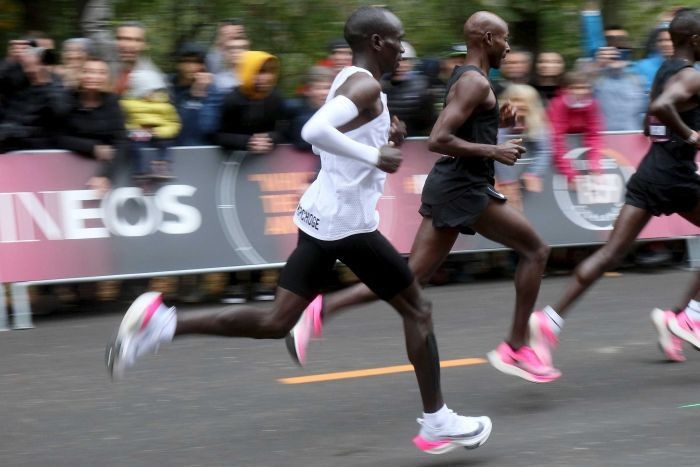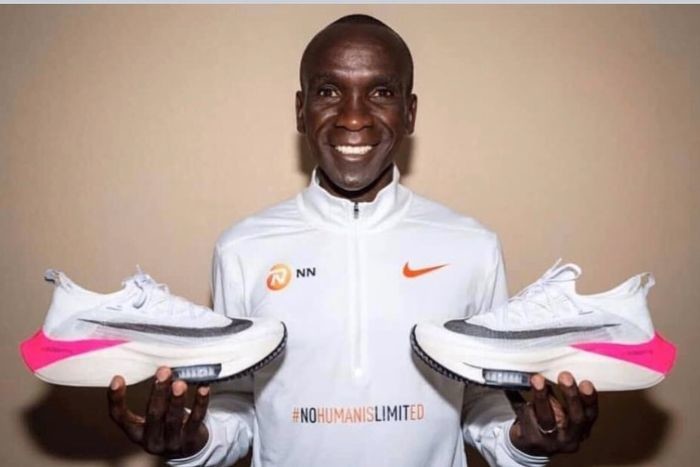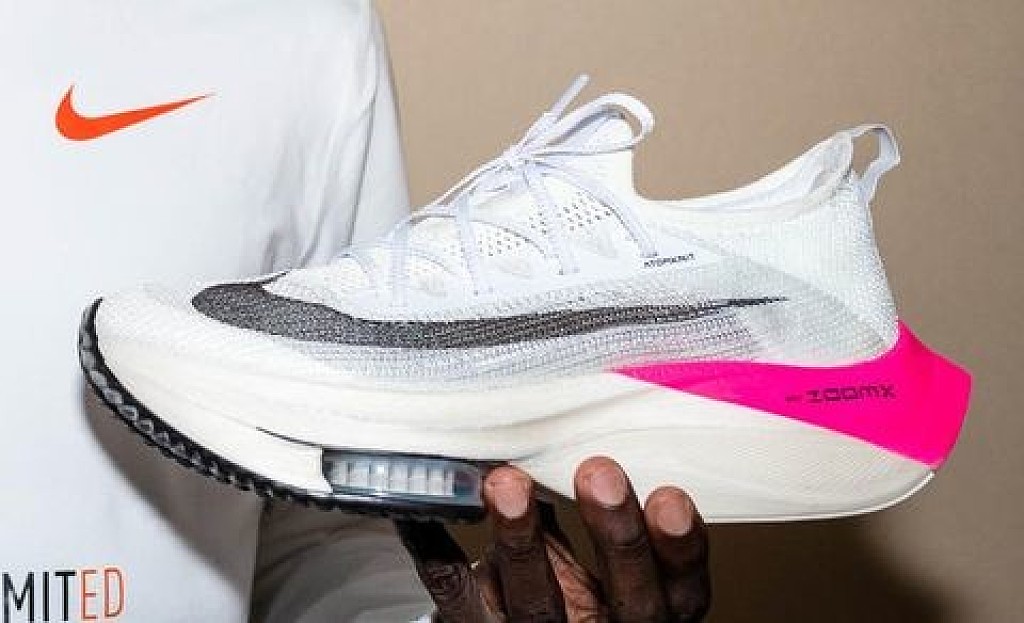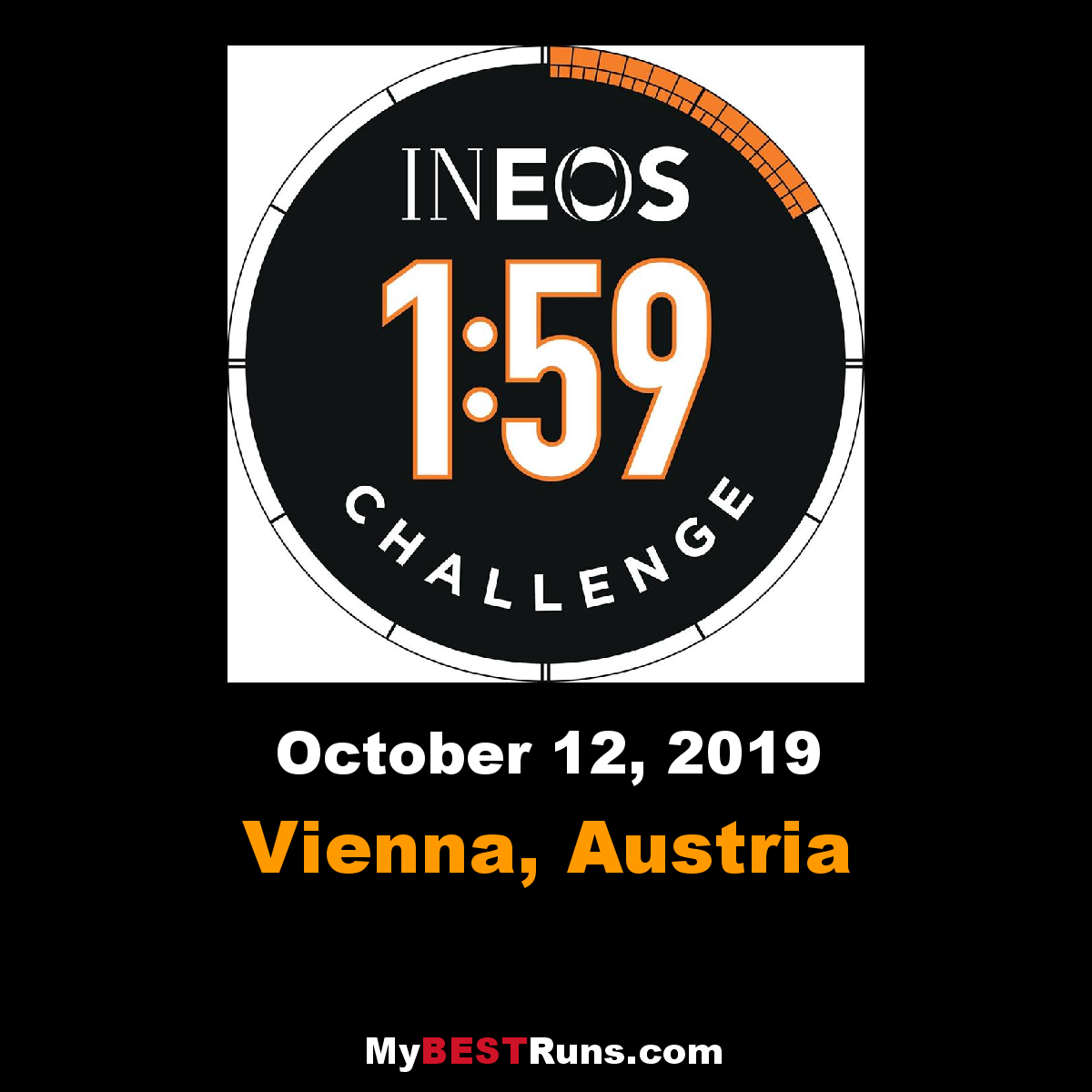Running News Daily
Running News Daily is edited by Bob Anderson. Send your news items to bob@mybestruns.com Advertising opportunities available. Train the Kenyan Way at KATA Kenya and Portugal owned and operated by Bob Anderson. Be sure to catch our movie A Long Run the movie KATA Running Camps and KATA Potato Farms - 31 now open in Kenya! https://kata.ke/
Index to Daily Posts · Sign Up For Updates · Run The World Feed
Does the International Association of Athletics Federations need a more stringent rule to define legal running shoes?
It appears that running, the original and most elemental of sports, now faces the same tradition vs. scientific innovation challenge that other sports have encountered. Think: tennis rackets, baseball bats and, perhaps most similar, competition swimwear — those polyurethane-based suits that were banned starting in 2010. The outcome of the current running-shoe debate could affect everything from stock prices of global footwear companies to who wins the Olympic marathon in Japan next summer.
Kipchoge, who became the first person to run the 26.2-mile distance in under two hours, and Kosgei, who set a women’s world record, raced in a revolutionary and bizarrely tall Nike shoe that has taken the marathon world by storm since 2016. In the last 13 months alone, male runners in the Nike shoes have recorded the five fastest marathon times ever. Other running-shoe companies are struggling to catch up, and may face patent hurdles.
The current I.A.A.F. rules state only that shoes may not confer an “unfair advantage” and must be “reasonably available” to all. The rule does not explain how these two values can be measured.

This week, the British Journal of Sports Medicine published a commentary that is likely to guide the debate. In it, Geoffrey Burns, a 2:24 marathoner and University of Michigan doctoral candidate in biomechanics, argued for “a single standard in competition running shoes: regulate the shoe midsole thickness.”
With the right material, a thicker sole produces more spring. Without clear restrictions, it is likely only a matter of time before someone comes up with a way to make a shoe with more powerful springs.
Burns called for an upper limit of 31 millimeters — about 1.2 inches — of midsole. Nike’s current Vaporfly 4% and Vaporfly Next% shoes have a 36-millimeter midsole, or about 1.4 inches. Why 31 millimeters? That’s a fairly common midsole height for previous models.
Until 2016, marathon racing shoes were constructed from thin slabs of rubber. In 1960, an Ethiopian runner named Abebe Bikila even managed to win the Olympic Marathon in his bare feet. Everyone understood that less was more; you ran more efficiently when you carried minimal weight on your feet.

In 1968, when shopping for the shoes that carried me to victory in that year’s Boston Marathon, I had only two criteria. They had to be light and thin, and they had to be cheap. I was still in college. I paid $9.95 for my lucky shoes — a pair of Onitsuka Tiger TG-4 Marathons.
Little changed in the footwear for elite marathoners in the next five decades, until Nike introduced its Vaporfly 4% shoes in 2016. These shoes contained a new midsole foam, Pebax, so lightweight that it is almost like running barefoot. Pebax also delivers 30 percent more energy return than the foams used in most running shoes since the 1970s. This allows Pebax to function almost like leg muscles, but without the fatigue that can debilitate the legs after 20 miles.
The Nike shoes also include a carbon fiber plate in the midsole. This plate might increase energy return, or it might improve foot function during the running stride. Either way, the plate is prominently mentioned in Nike’s patent application.
A 2018 New York Times data analysis based on public race results uploaded to Strava, the athlete-tracking and networking company, found that runners in Vaporflys ran 3 to 4 percent faster than similar runners wearing other shoes.
To be fair, Kipchoge, 34, is an otherworldly talent who has beaten the best in the world in last-generation shoes. There probably isn’t another marathoner who could break two hours in the shoes he wore last weekend.
by Amby Burfoot
Login to leave a comment
INEOS 1:59 Challenge
Mankind have constantly sought to reach new frontiers and to achieve the impossible. From Edmund Hillary reaching the summit of Mount Everest to Roger Bannister’s four-minute mile to Felix Baumgartner jumping from space we have frequently redefined the limits of human achievement and broken new barriers previously seen as simply impossible. After the four-minute mile and the ten second 100m...
more...




